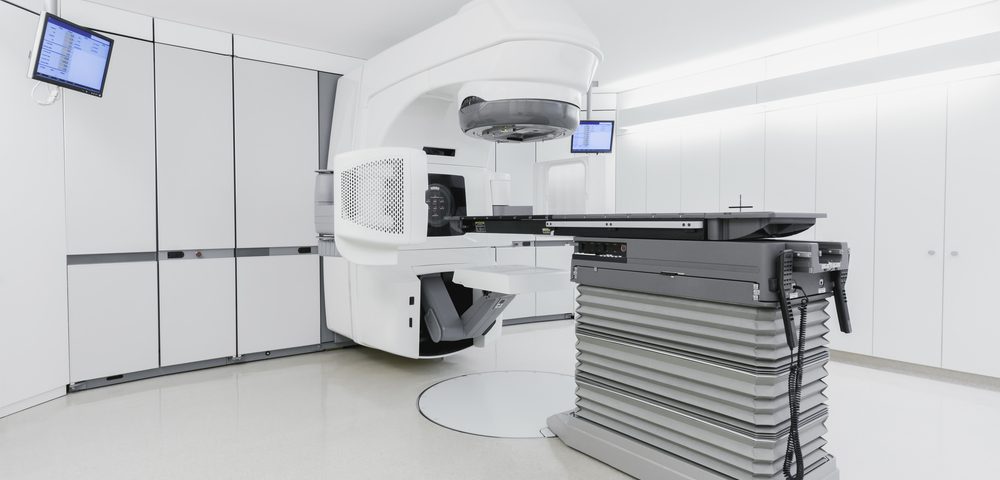Four weeks of radiation therapy at larger doses has the same effect as conventional radiation therapy administered to prostate cancer patients over eight weeks, according to results from a Phase 3 randomized clinical trial of 1,206 men in Australia, Canada and France.
The findings provide a new standard of care for men at intermediate risk of prostate cancer. The shorter option is more convenient for patients and makes better use of resources, leading all 27 centers participating in the trial to adopt the new treatment regimen.
The study, “Randomized Trial of a Hypofractionated Radiation Regimen for the Treatment of Localized Prostate Cancer,” appeared in the Journal of Clinical Oncology.
External beam radiation, a treatment option for localized prostate cancer, is commonly used alone for men with intermediate-risk disease. The treatment is typically delivered in 37 to 42 sessions, given five days a week over the course of 7.5 to 8.5 weeks.
Studies have suggested that hypofractioned radiation therapy, given over a shorter time with larger doses per fraction, is also an option, but some experts raised concerns about increased toxicity and reduced tumor control. Even so, modern radiation therapy techniques are highly specific and can deliver hypofractioned radiation therapy without increased toxicity by avoiding radiosensitive normal tissues.
Researchers hypothesized that hypofractioned radiation therapy given in 20 fractions over four weeks would be similar in efficacy — and without increased toxicity — to standard radiation therapy, delivered in 39 fractions over eight weeks.
“We conducted a randomized clinical trial looking at a way of improving radiation therapy for men with intermediate-risk prostate cancer,” co-principal investigator Charles Catton, a radiation oncologist at Toronto’s Princess Margaret Cancer Centre, said in a news release.
The PROFIT Phase 3 trial (NCT00304759) followed participants for a median of six years.
“Using modern radiation therapy techniques that are very precise, we determined there was no noticeable difference between eight- and four-week treatment regimens in terms of cancer control or side effects of treatment,” said Catton, who is also a radiation oncology professor at the University of Toronto. “In fact, for some men, the shorter regimen meant slightly fewer side effects (particularly regarding bowel function) and therefore improved quality of life. The compressed course of treatment is of great benefit to patients and also to the system in terms of being able to treat more patients in less time.”

